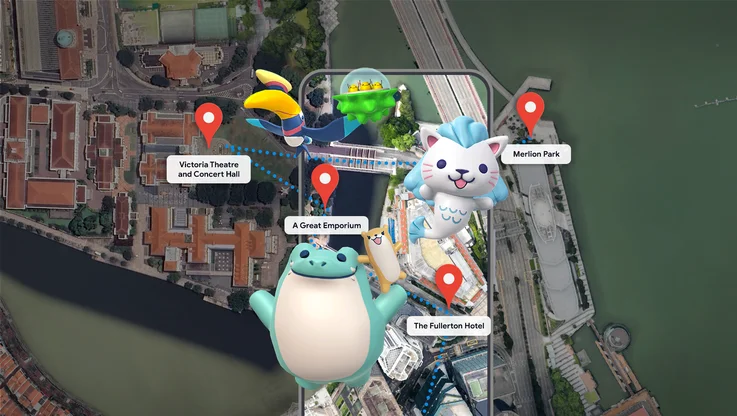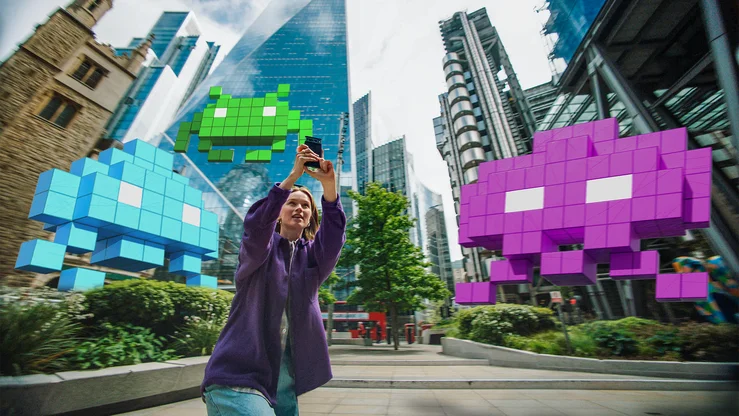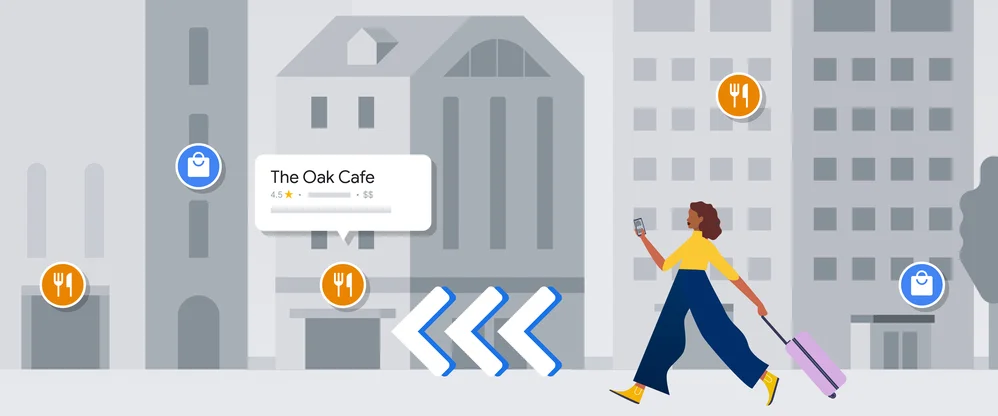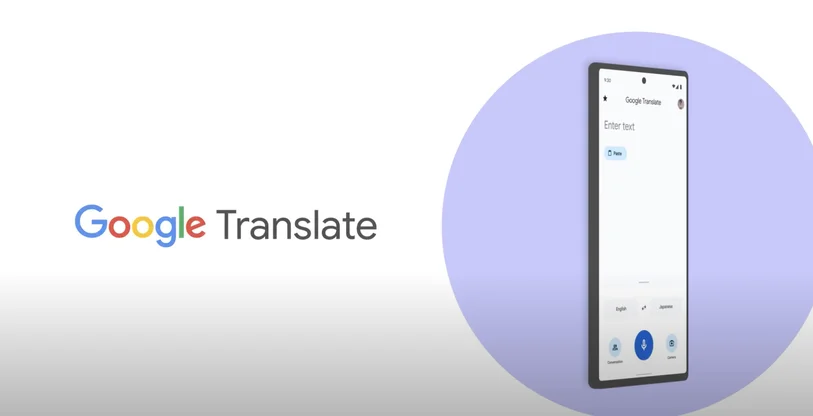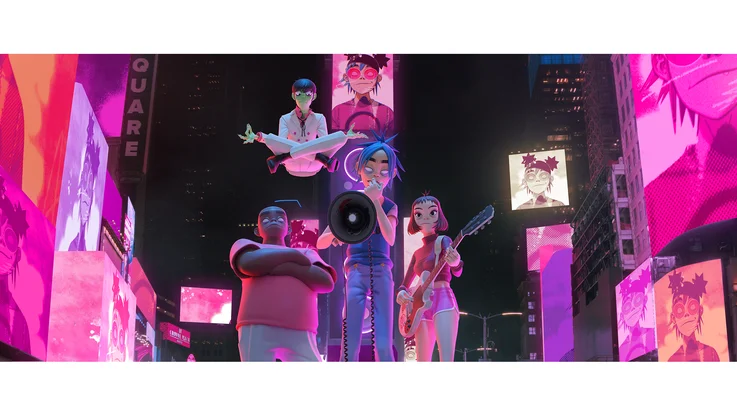The latest on VR and AR at Google I/O

VR can transport you. With it, you don’t just get to see a place, you can experience what it’s like to be there. And AR brings computing into your world, letting you interact with digital information in your environment. Both technologies enable us to experience computing more like we experience the real world—they make computing work more like we do. That’s why we’re making investments in the core technologies that enable VR and AR, and in platforms that make them accessible to more people.
At Google I/O, we’re sharing some of what we've been up to. Here are the highlights.
Virtual reality
In October, we launched Daydream View, a VR headset that’s comfortable and easy to use. Today, there are lots of Daydream-ready phones available to choose from. And there are more coming—including the Galaxy S8 and S8+, which will be Daydream-ready with a software update this summer, and LG’s next flagship phone, which will launch later this year.
Daydream will soon also support a new category of VR devices, which we call standalone VR headsets. These devices build on what’s already great about smartphone VR, and they make the whole experience even easier and more comfortable. Standalone headsets don't require a phone or PC. Instead, getting into VR is as simple as putting the thing on. The hardware is fully optimized for VR, and features a new headset tracking technology called WorldSense. WorldSense enables positional tracking, meaning the headset tracks your precise movements in space – and it does this all without any external sensors to install.
We worked closely with Qualcomm to create a standalone headset reference design, which partners can use as a blueprint to build from. HTC VIVE, a leader in the VR space, and Lenovo, a leader in mobile and computing, are both working on devices, with the first ones coming later this year.

VIVE standalone headset with Daydream

Lenovo standalone headset with Daydream
Augmented reality
We’ve been investing in Tango for years as a core technology for both virtual and augmented reality. With Tango, devices can track motion and understand distances and their position in the real world. For VR, we’ve used technology from Tango as the foundation of WorldSense. For AR, it can be used to enable smartphone AR experiences by placing digital objects in real spaces. The next phone with Tango technology will be the ASUS ZenFone AR, available this summer.
Tango is also one of the core technologies behind our new Visual Positioning Service (VPS), which helps devices quickly and accurately understand their location indoors. While GPS is great for getting you to the storefront, with VPS your device can direct you right to the item you’re looking for once inside. VPS works today in partner museums and select Lowe’s stores. We think VPS will be powerful in a variety of scenarios. For instance, imagine how precise location enabled by VPS, combined with audio interfaces, could help visually-impaired people navigate through the world.

One of the areas where we’re most excited to apply Tango technologies is in the classroom. More than two million students have taken virtual field trips with Expeditions using Cardboard, and this fall, we’re bringing AR lessons to schools through our Pioneer Program. With Expeditions AR, students can gather around the Statue of David, a strand of DNA, or even a whirling Category 5 hurricane without leaving the classroom.
I’ve shared some more thoughts about virtual and augmented reality over on Medium. And in our I/O session tomorrow, we have a lot more to tell you about the tools we’re creating for developers, and what’s coming to Daydream and Tango. Hope to see you there.



